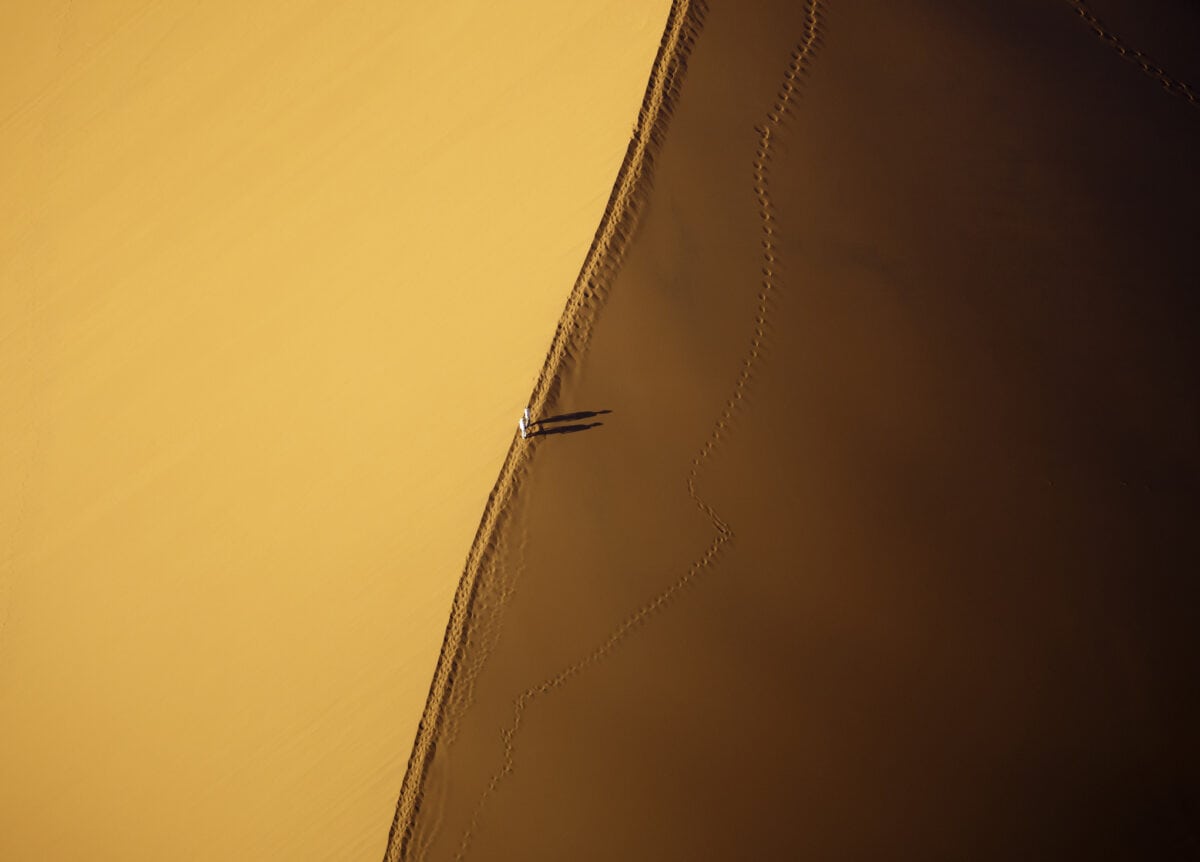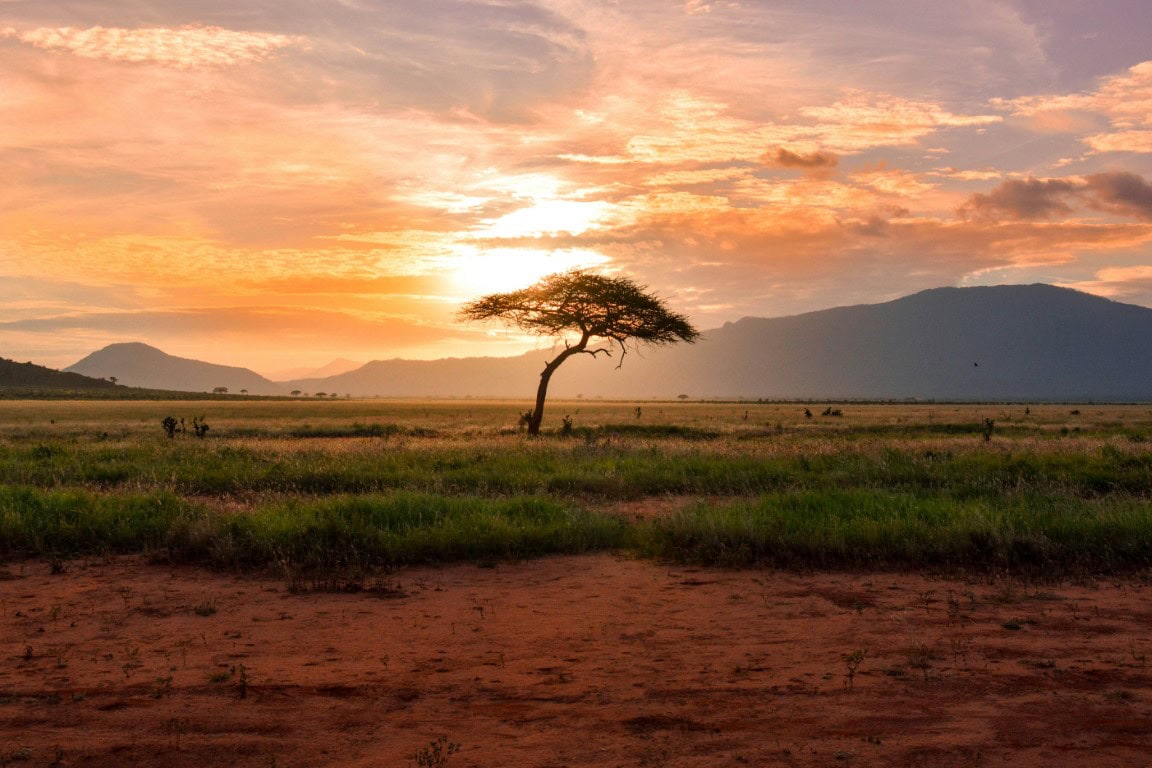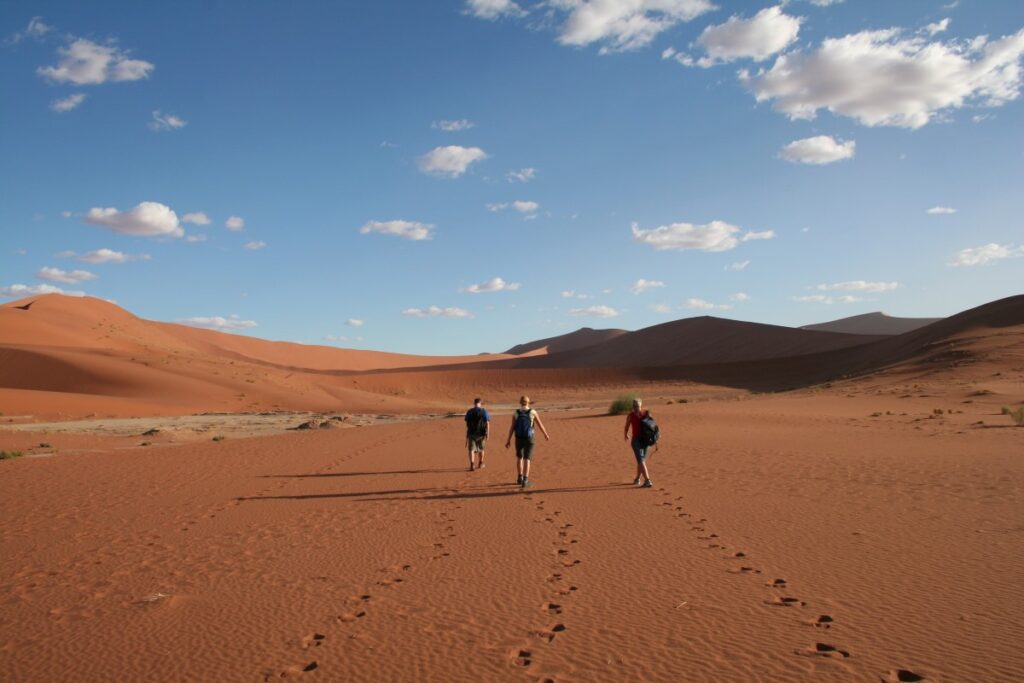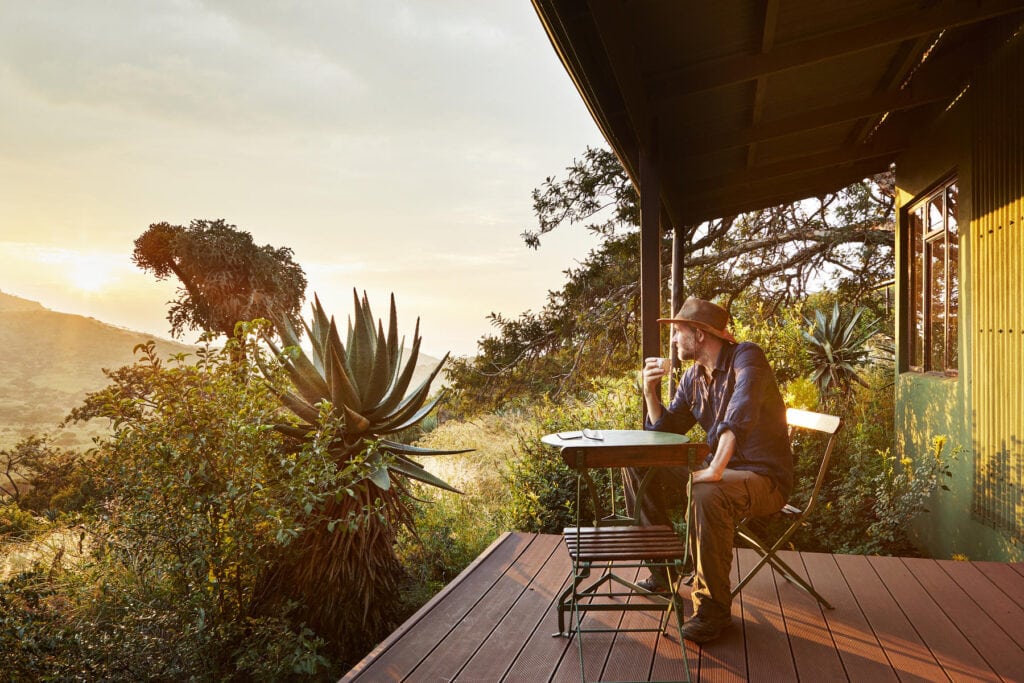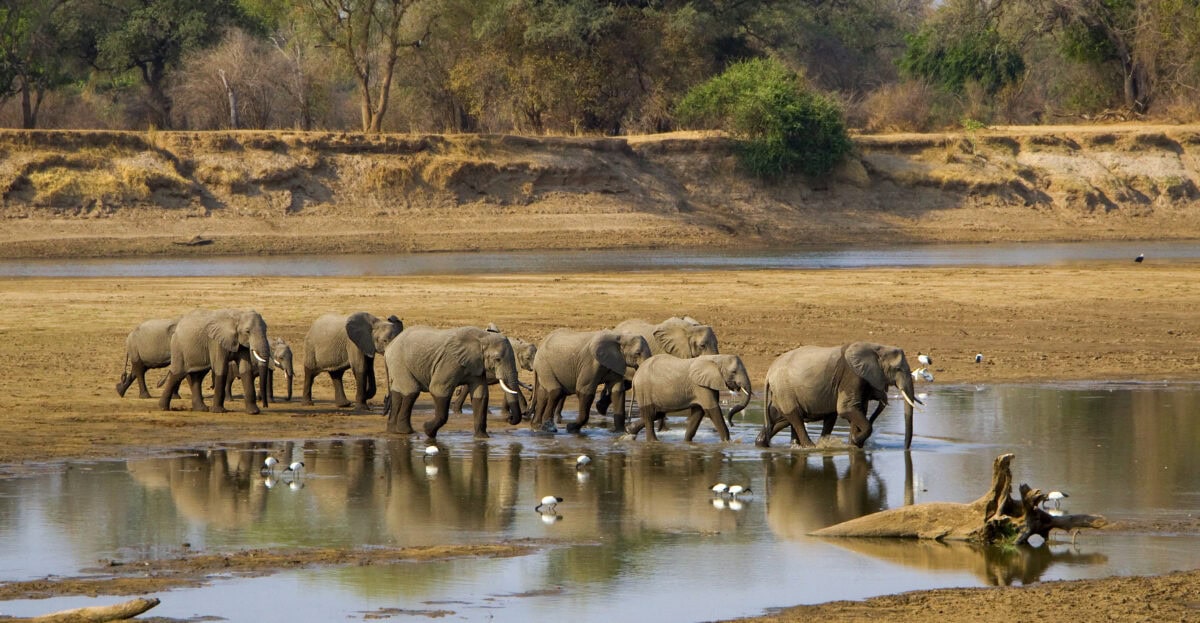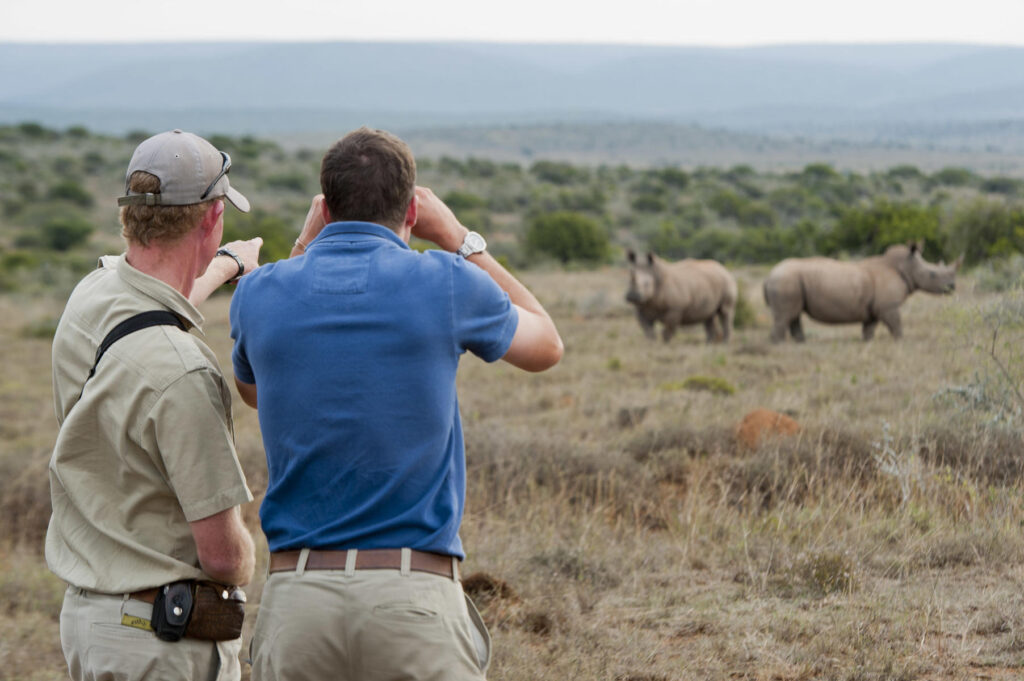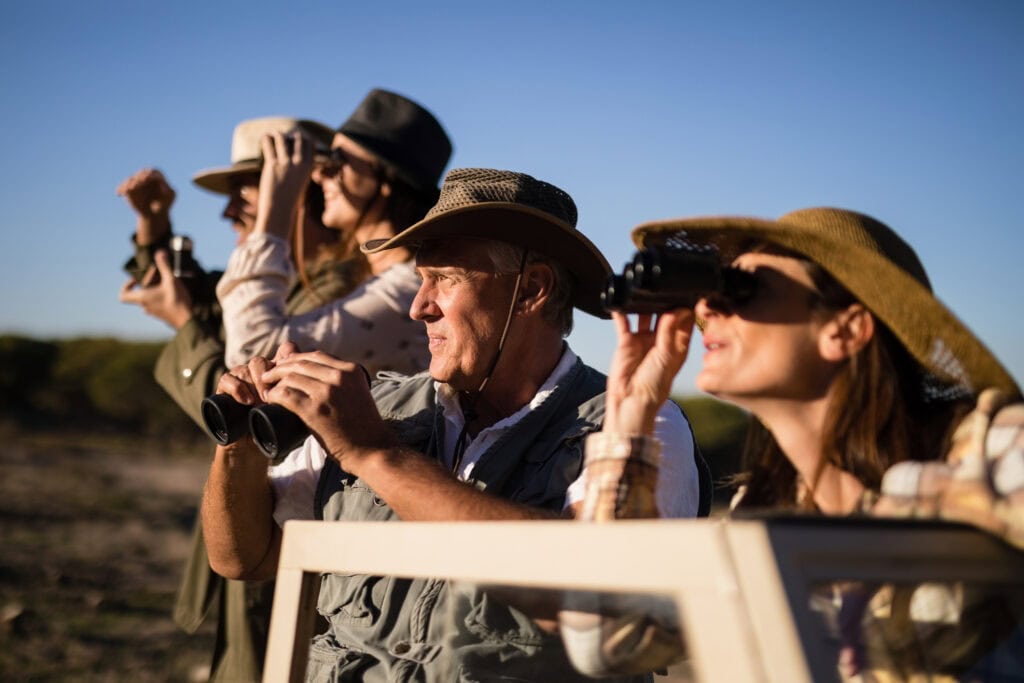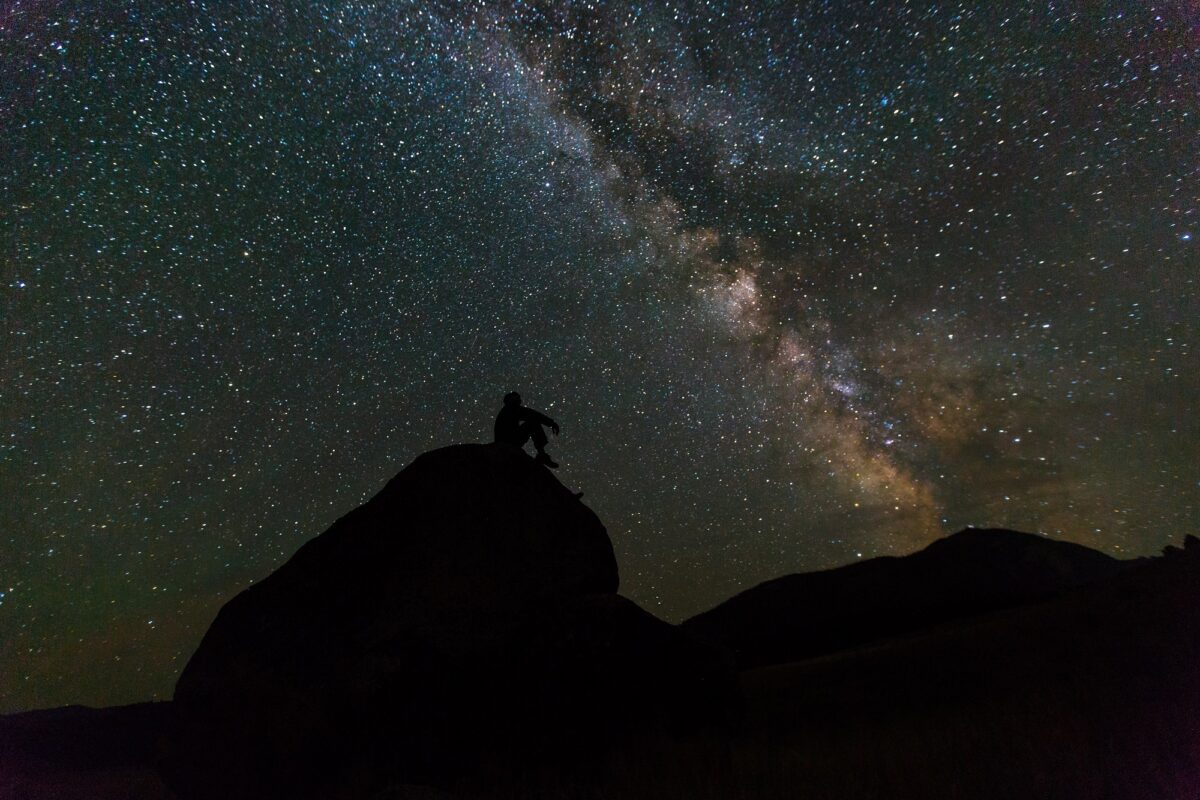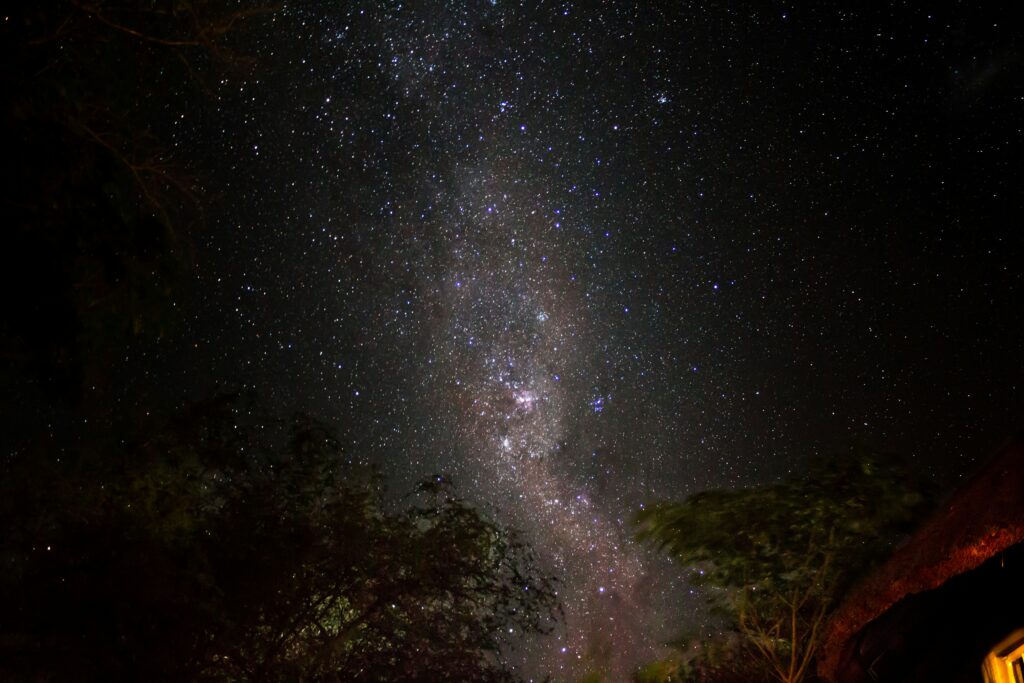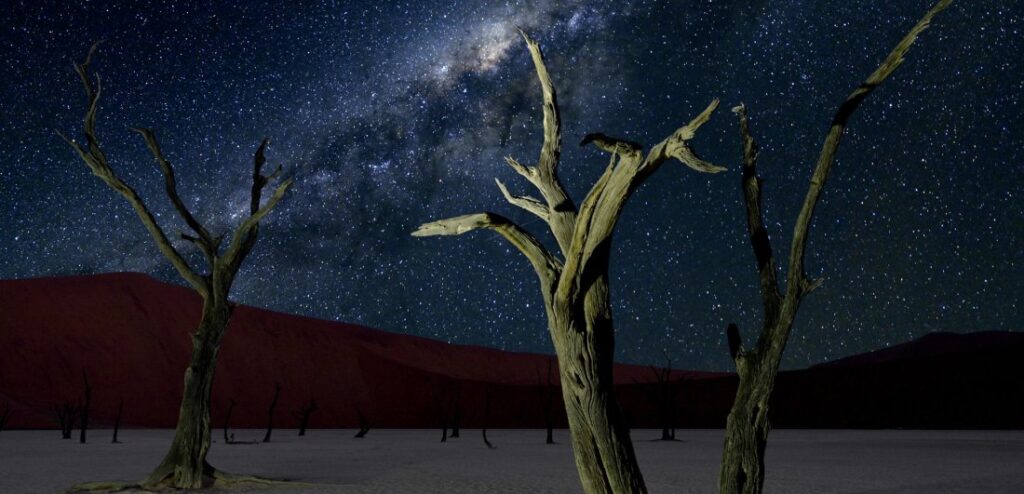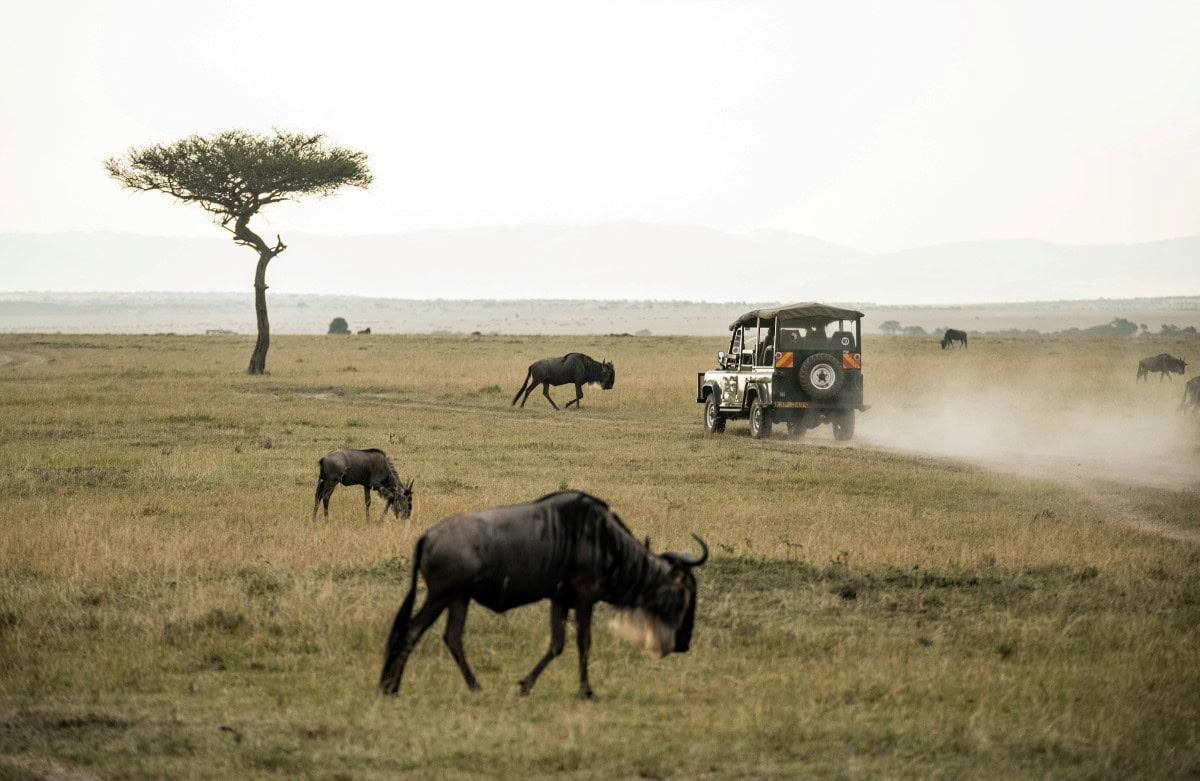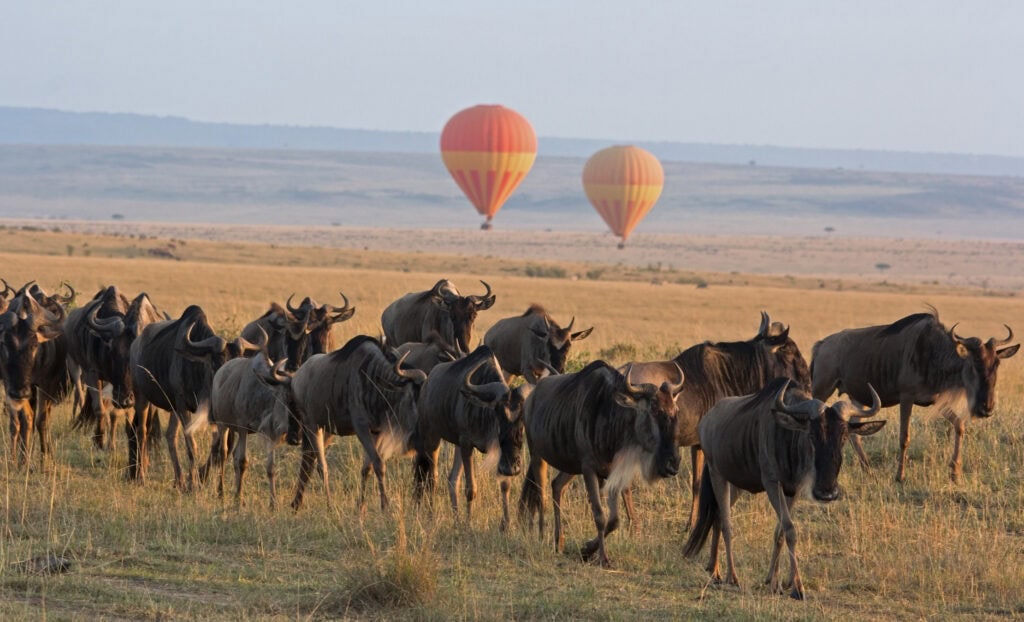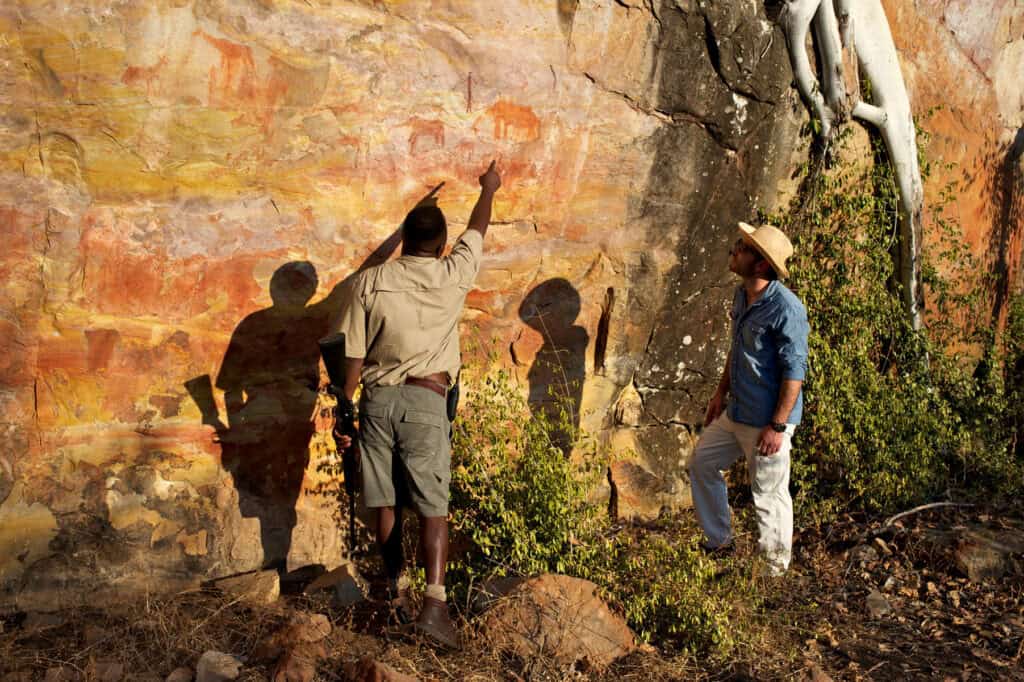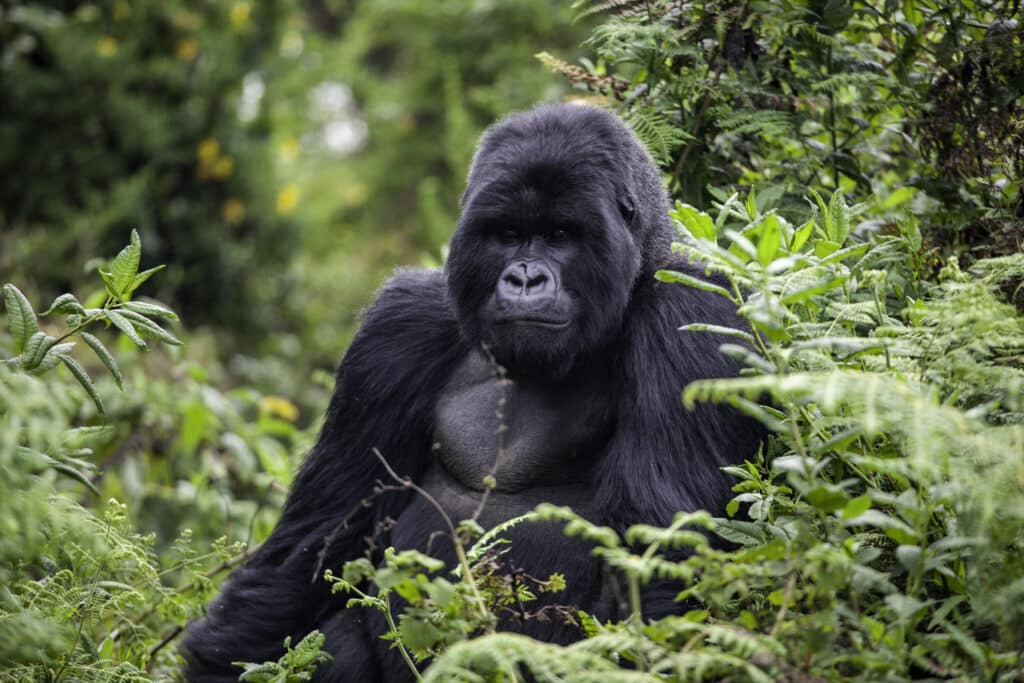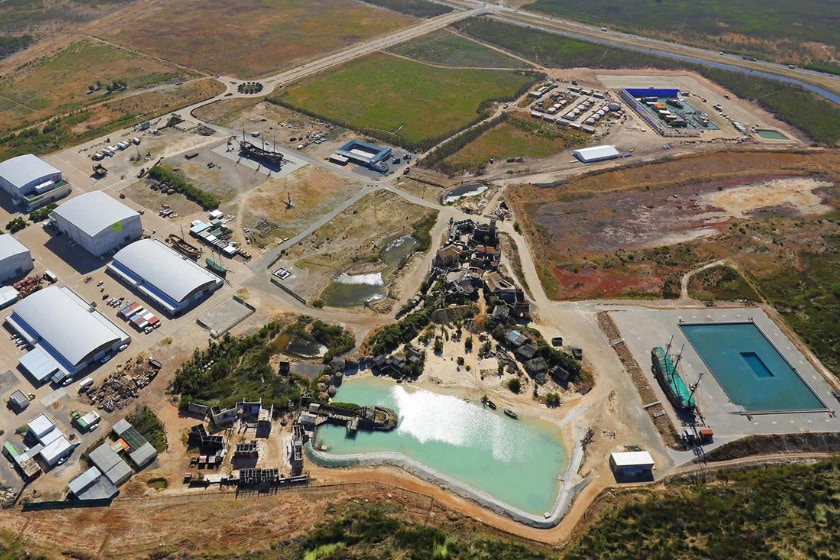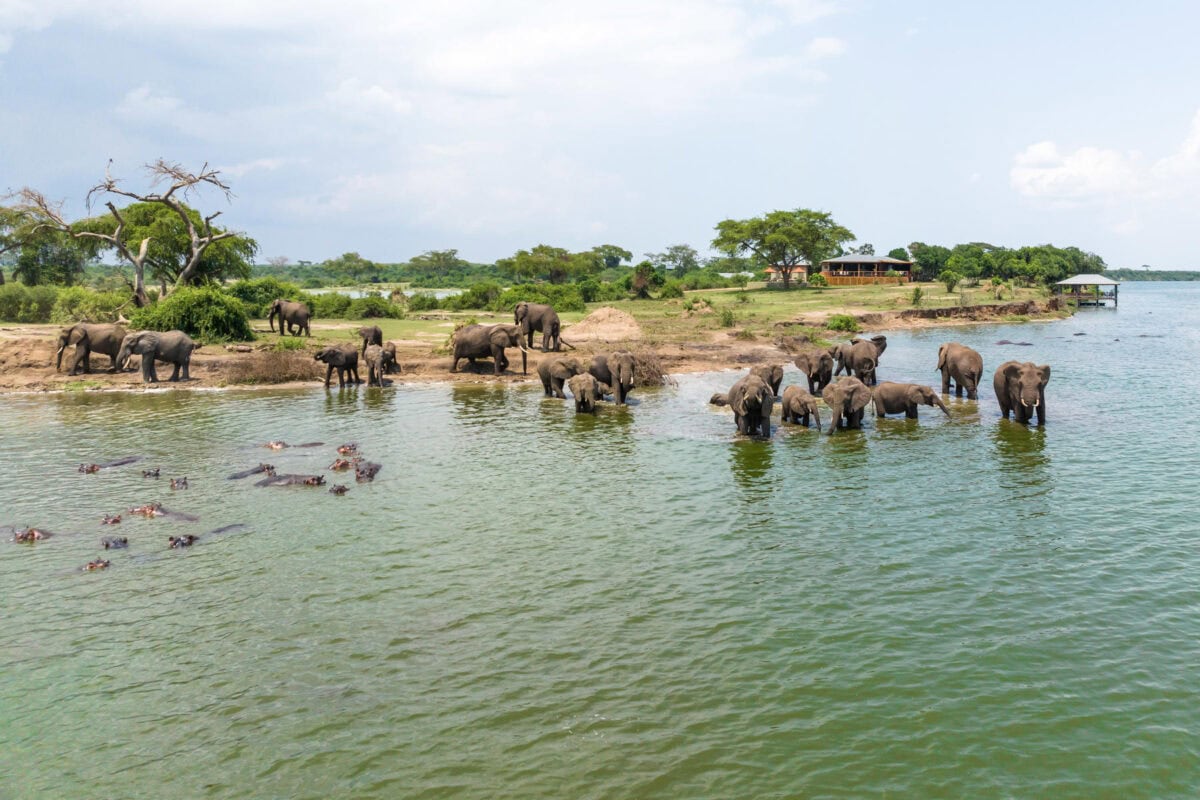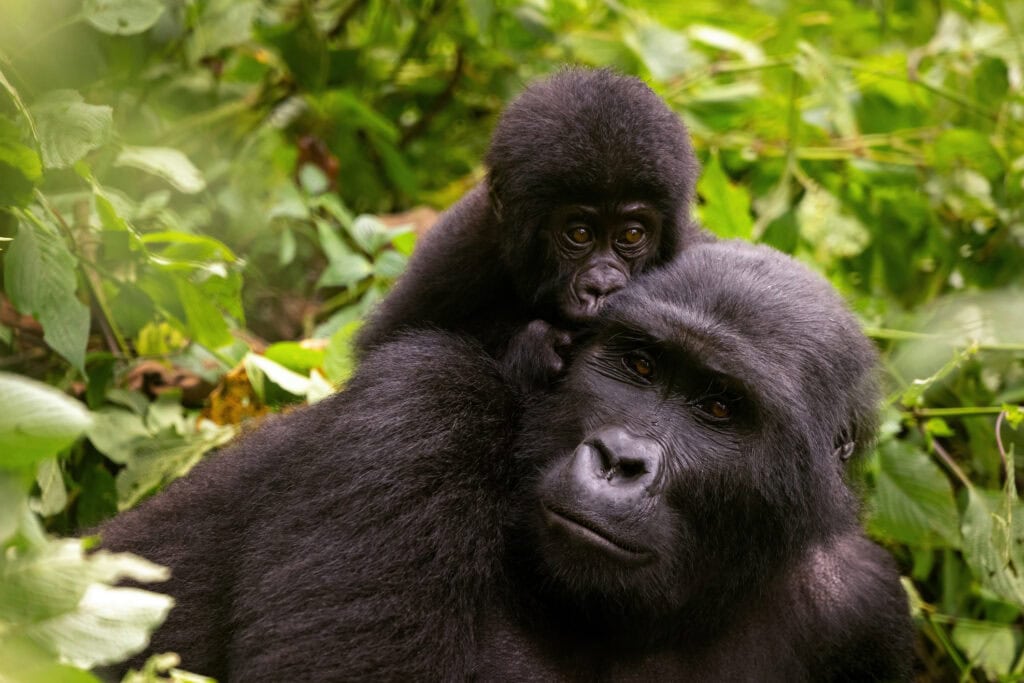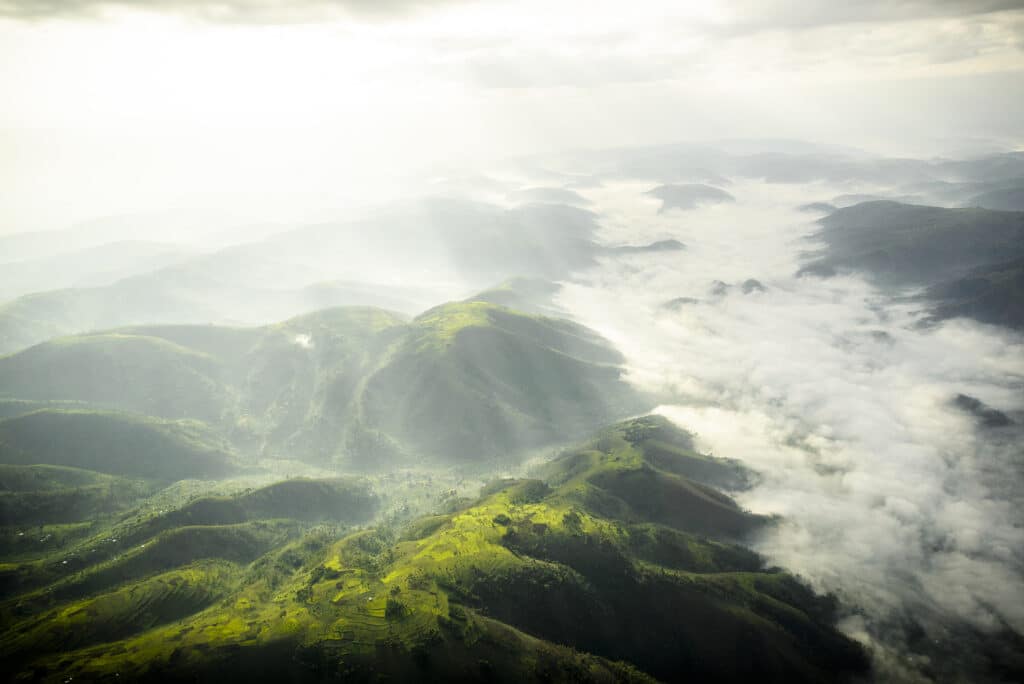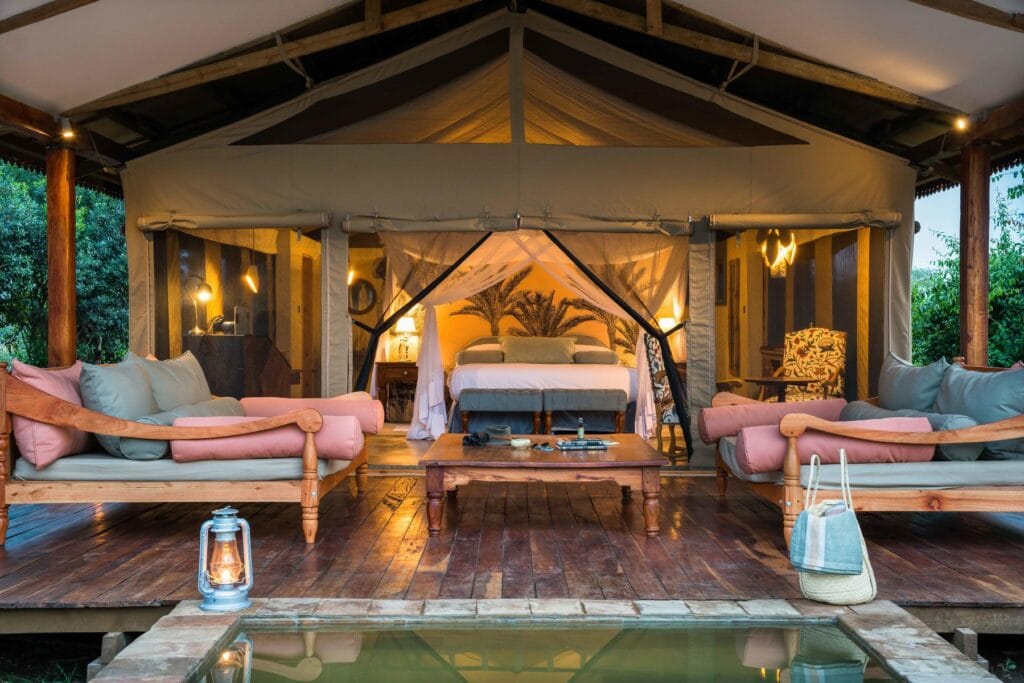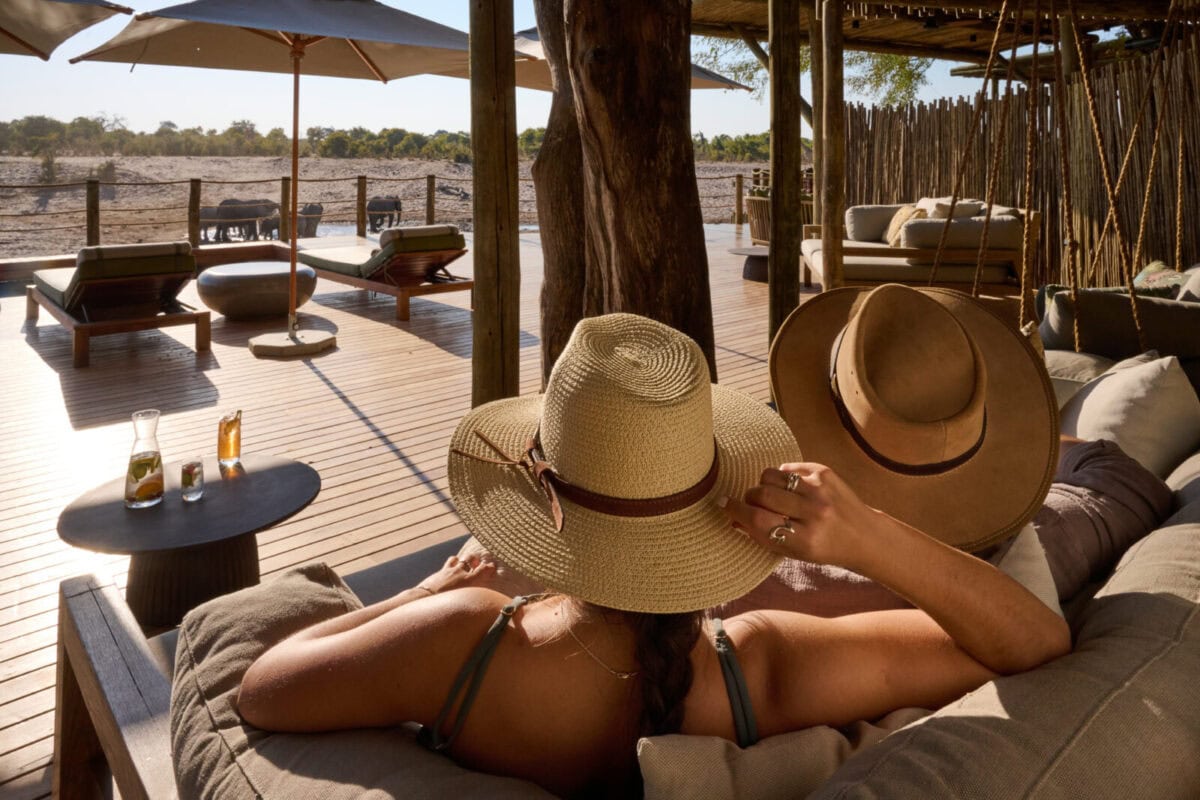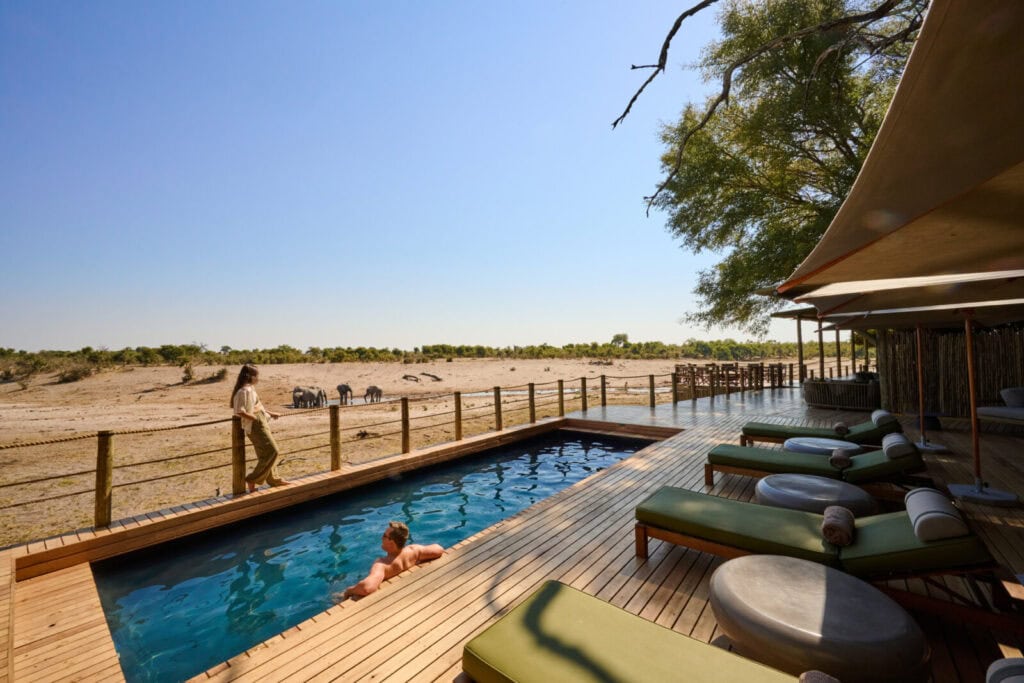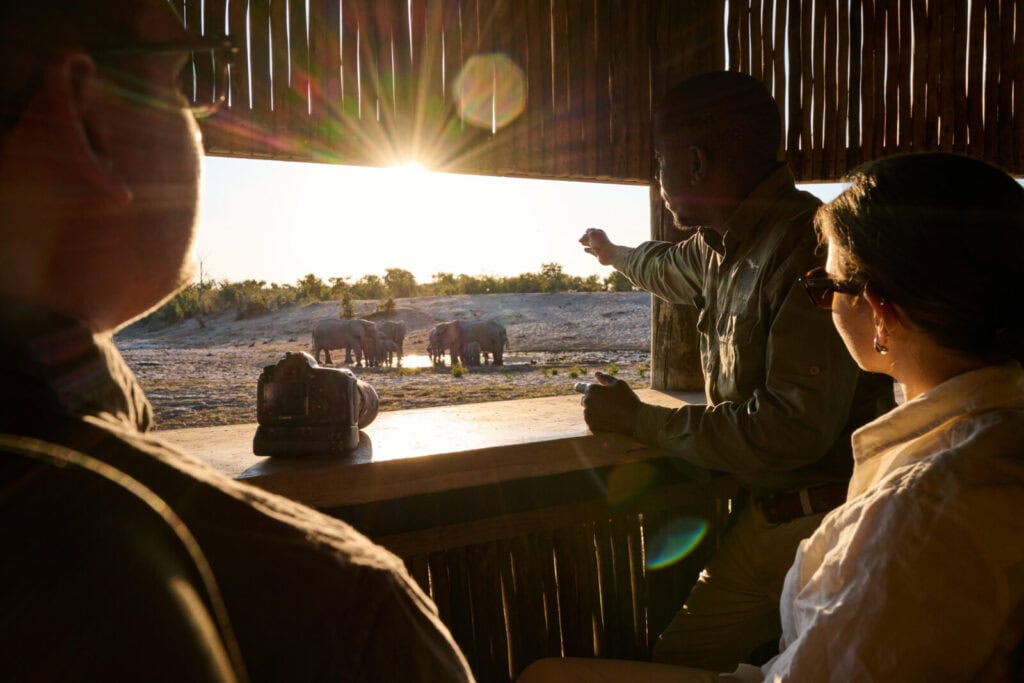In a world increasingly dominated by noise and distraction, a new trend is emerging among discerning travellers: the pursuit of genuine solitude.
Africa, long celebrated for its expansive landscapes and pristine wilderness, has just gained global recognition in this niche space thanks to Namibia. The iconic safari destination’s NamibRand Nature Reserve has been awarded the status of a Wilderness Quiet Park, making it Africa’s first contribution to a select group of locations worldwide that preserve the rare luxury of natural silence.
The Rise of Quiet Parks: A Global Movement for Preservation
The concept of Quiet Parks was pioneered by acoustic ecologist Gordon Hempton, whose mission began with the “One Square Inch of Silence” initiative in 2005. What started as a small-scale effort has since evolved into Quiet Parks International, a global non-profit dedicated to safeguarding Earth’s most pristine soundscapes.
These parks are distinguished by the absence of human-made noise, offering an immersive experience where nature speaks through the rustling of leaves and the whisper of the wind across their natural landscapes. The NamibRand Nature Reserve now stands among only four other destinations worldwide to receive this Wilderness Quiet Parks recognition, joining iconic sites like Glacier National Park in the United States and Zabalo River in Ecuador.
This milestone not only highlights Africa’s potential as a destination for solitude seekers but also underscores the continent’s growing role in sustainable, conservation-focused tourism.

What Makes NamibRand a Wilderness Quiet Park?
Spanning over 200,000 hectares and nestled between the Namib-Naukluft National Park and the Namib Sand Sea World Heritage Site, the NamibRand landscape is striking. Known for its “red dunes, fairy circles, and open desert vistas”, it offers visitors a rare opportunity to experience nature in its purest form. NamibRand’s appeal goes beyond its visual allure; it’s now a sanctuary of silence.
The reserve’s strict conservation measures have preserved this quietude for decades. Guest accommodations are limited to just one bed per 1,000 hectares, ensuring minimal human presence, and development is restricted in designated wilderness areas.
It’s also celebrated for its exceptionally dark skies, earning it the title of an International Dark Sky Reserve at the Gold Tier level in 2012. For stargazers and those seeking a deeper connection with nature, this is a destination like no other.
Edward Alant, Field Recordist, shared his experience of the quiet at NamibRand, stating, “I was mesmerised by the peace and tranquillity of the ever-changing landscape during my time at NamibRand. The dunes are alive and moving – recording in the desert gives you an appreciation of the complex challenges faced by so many reserves across the African continent. When I listen to the recordings, I can relive the moments, walking through the deep sand, setting up my recorder in an Acacia tree, and taking a few minutes to listen…”
He continues, “I was privileged to spend a few days with the NamibRand Team and highly recommend anyone considering NamibRand as a destination.”
NamibRand reviews on Tripadvisor echo this sentiment. A recent visitor in June described it as “an extraordinary lifetime experience”. Vumbrimu states, “The NamibRand Nature reserve is one of the few remaining truly unspoilt places on earth. It is utterly beautiful, and the solitude is a deeply spiritual experience. To walk in the pan under a full moon, and braai under the bright Namibian stars in the quiet evening was a wonderful experience and great privilege… Difficult to convey in words. Good for the soul.”
The Luxury of Silence: Why Quiet Travel is Trending
As luxury travellers increasingly seek more meaningful and mindful experiences, the demand for genuine solitude is on the rise. It’s no longer just about escaping to remote locations; it’s about immersing oneself in spaces that offer a sense of peace, stillness, and disconnection from the digital world.
Luxury brands like Singita, for example, have seen a significant increase in interest in experiences centred around solitude. The company has seen wellness evolve to emphasise access to vast, undisturbed spaces for “meaningful opportunities to just disconnect”.
Designed to take guests to uncharted destinations, they’ve taken a holistic approach to spiritual, physical, and mental wellness by “creating serene sanctuaries integrated through every aspect of the guest’s stay”. These experiences are rooted in the psychology of disconnection, where travellers find renewal in silence and solitude.
Singita CEO Jo Bailes states, “The modern safari traveller wants to learn about other cultures and connect with nature and people. Luxury has become synonymous with privacy, personalisation, and the space to create meaningful experiences that foster connection.”

Planning Your Visit: Experiencing Africa’s Quiet Spaces
For luxury travellers interested in exploring these tranquil retreats, there are several ways to enhance the experience, including:
Stargazing and Dark Sky Experiences
NamibRand’s clear, unpolluted skies make it an ideal location for night safaris, guided stargazing, and astrophotography sessions.
Immersive Walking Tours
Consider joining guided walks with expert field guides who help you tune into the subtle sounds of the wilderness, from the wind in acacia trees to distant wildlife calls.
Private Glamping and Secluded Lodges
Stay at eco-lodges or exclusive-use camps that offer the privacy and solitude that luxury travellers seek. Accommodations are designed to be unobtrusive, blending into the landscape while offering high-end comforts.
Wellness Retreats in Nature
Many of these destinations are now integrating wellness programmes that include meditation, yoga, and spa therapies, providing a holistic approach to mental, physical, and spiritual rejuvenation.

The Future of Sustainable Luxury Travel
By protecting these quiet spaces and promoting sustainable tourism practices, destinations like Namibia are setting a new standard for what positive impact experiences mean in luxury travel: immersive, responsible, and deeply connected to the environment.
“This accolade underscores our dedication to preserving the tranquillity of NamibRand and promoting responsible tourism practices. We hope this designation will inspire others to appreciate and conserve our natural world,” said Nils Odendaal, CEO of NamibRand Nature Reserve.
NamibRand’s recognition might only be the beginning. South Africa’s Bergplaas Nature Reserve is currently under evaluation for the same Wilderness Quiet Park status, signalling that more African destinations may soon join the global quiet park network. The reserve, located in the Western Cape, is known for its dramatic mountain scenery and vast, undisturbed spaces, making it an ideal candidate for this status.
As the movement for quiet preservation gains momentum, Africa’s vast and varied landscapes offer immense potential. Namibia’s achievement is more than a milestone for the continent; it’s a symbol of how the future of luxury travel is being redefined. In a world where noise is constant, the ability to experience pure, natural silence is now one of the ultimate indulgences.






